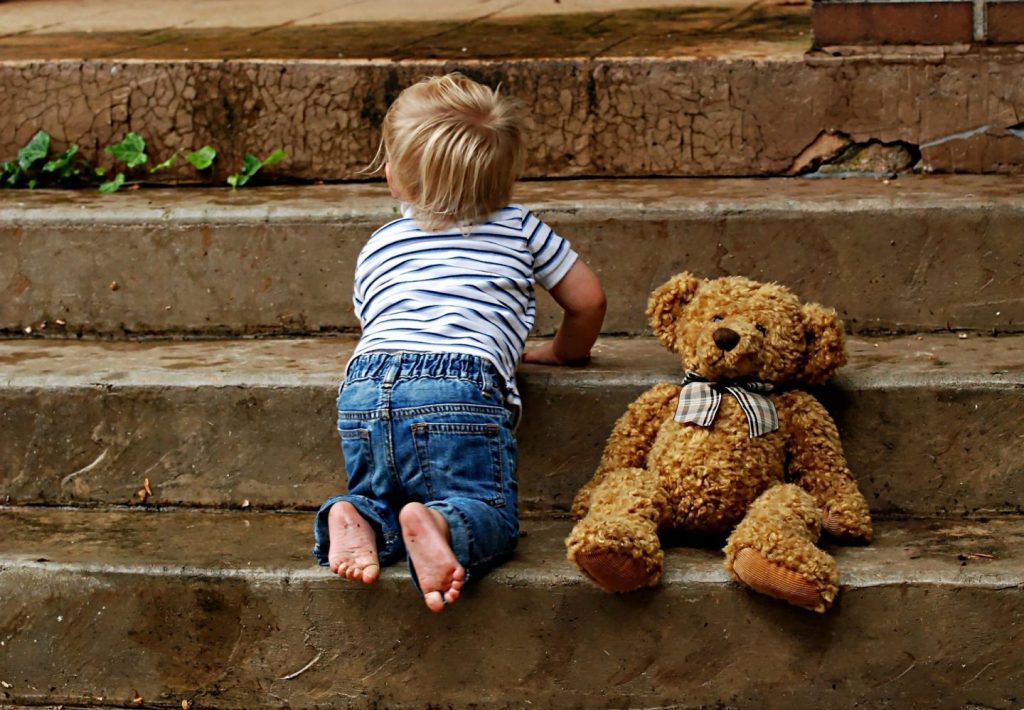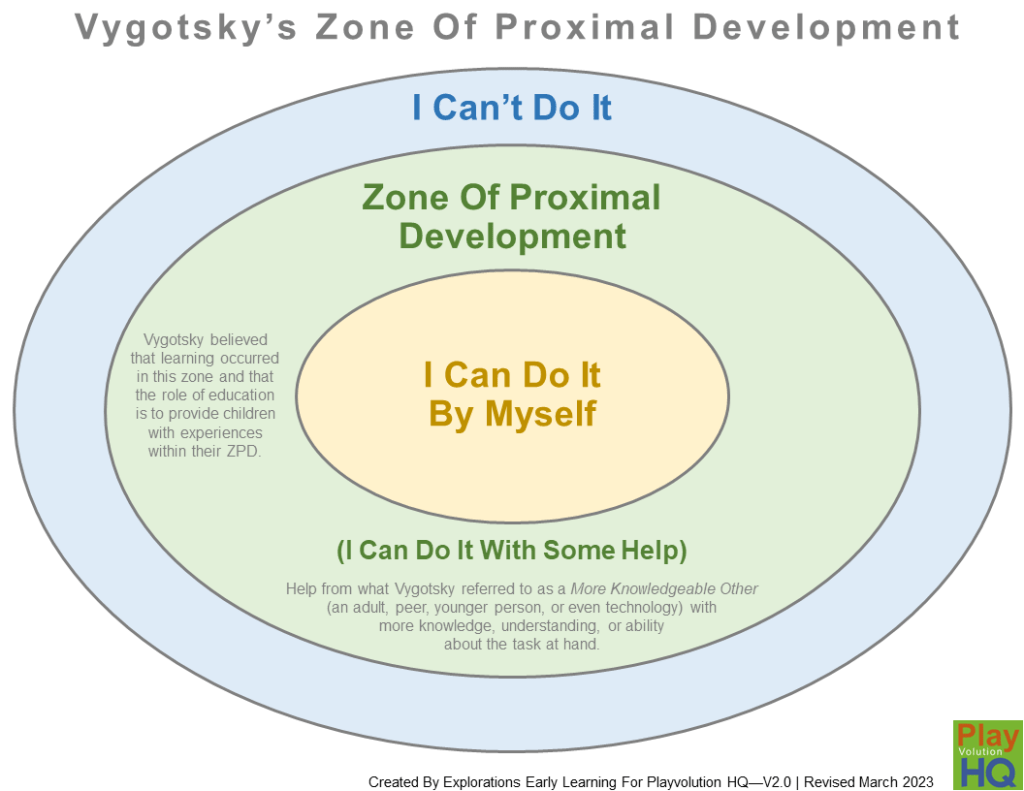
Table of Contents
What Is A Near Peer?
In early learning, a “Near Peer” refers to a child who is close in age or developmental stage to another child—slightly older, younger, or at a similar level—enabling them to engage in mutual learning, modeling, or support. This proximity fosters relatable and natural interactions that enhance development.
Explanation
In early learning (birth to age 8), children often learn through social interactions like play, observation, and collaboration. A Near Peer can be a slightly older child demonstrating a skill, a younger child offering a fresh perspective, or a peer at the same level sharing strengths. This concept aligns with Vygotsky’s Zone of Proximal Development (ZPD), where a peer close in ability guides within the learner’s reach, making it practical and engaging. While “Near Peer” is more common in higher education, it adapts well to early childhood, reflecting how peers influence each other naturally.
Examples
- Older to Younger: A 4-year-old shows a 3-year-old how to stack blocks, saying, “Put the big ones on the bottom,” aiding problem-solving.
- Younger to Older: A 3-year-old’s imaginative play inspires a 4-year-old to explore creativity, despite the older child’s puzzle skills.
- Similar Level: Two 4-year-olds trade skills—one teaches sharing, the other models puzzle-solving—learning from each other.
Benefits
- Relatability: Nearness in age or ability makes interactions approachable, unlike adult-led teaching.
- Mutual Growth: Both children develop, whether gaining or refining skills through teaching.
- Motivation: Seeing a Near Peer succeed encourages effort and confidence.
- Social Skills: Cooperation, empathy, and communication grow through these exchanges.
Why It’s Bidirectional
Learning flows both ways in early childhood. A Near Peer can be younger, older, or equal, depending on the skill or context. For example, a 3-year-old might model calmness for a 4-year-old, while the older child teaches a task. This flexibility reflects the organic, reciprocal nature of peer interactions, supported by research on peer effects in early education.


Near Peers Are MKOs
A Near Peer is often what Vygotsky referred to as The More Knowledgeable Other (MKO), someone with more knowledge, better understanding, or greater ability than the learner about a task, concept, or process. They are valuable resources for a child in the Zone Of Proximal Development (ZPD)–that point where they can do something with a bit of assistance.

Wrap-Up
In summary, a Near Peer in early learning is a child close enough in development to connect with another, fostering a dynamic where both learn and grow. This bidirectional process mirrors how young children naturally develop through play and social bonds.
Contribute content to Playvolution HQ
Brought to you by Explorations Early Learning
Thoughts On This Entry?
I’d love to hear your thoughts on improving this entry and suggestions for additional glossary additions in the comments below. You can also contact me with comments or concerns.
Browse Trainings
Post Author
Jeff Johnson is an early learning trainer, podcaster, and author who founded Explorations Early Learning, Playvolution HQ, and Play Haven.


Leave a Reply